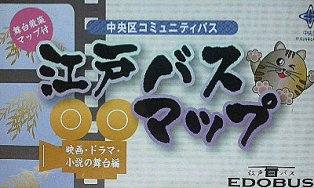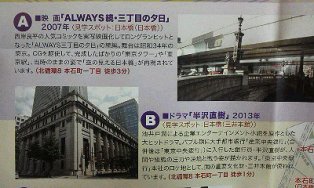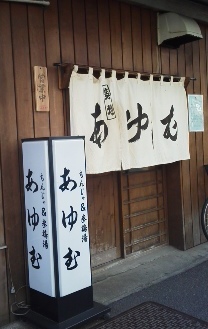 "Ayumu" at Tsukiji 7-chome is a combination of words that have nothing to do with, like a three-story story of rakugo, such as "French", "Monja" and "Sangetan".
"Ayumu" at Tsukiji 7-chome is a combination of words that have nothing to do with, like a three-story story of rakugo, such as "French", "Monja" and "Sangetan".
It was originally located in Tsukishima, but later moved near the current St. Luke International Hospital.
This area is very close to Tsukiji Market, but there are Akatsuki Park and Tsukiji River Park, and it is a calm atmosphere where the chapel carillon of St. Luke's chapel echoes.
Also known as "Ura Tsukiji", it is also an area with many long-established and hidden famous shops known to those who know it.
The inside of the store has a very homey atmosphere, but in fact, it is said that ordinary private houses are mostly used as they are.
The stairs to the second floor are narrow and a little steep, but all the old wooden houses in downtown looked like this.
There is also lunch, but this is mainly for chige and bibimbap, and Monja is a menu only at night.
As for the menu that night, there are several kinds of appetizers, some kinds of monja, chicken hot water and dessert ice cream, and there is also a course from the 4000 yen range, but you can also order it in ara carte.
When I went there, there were many people and I could share it little by little, so I made it a la carte.
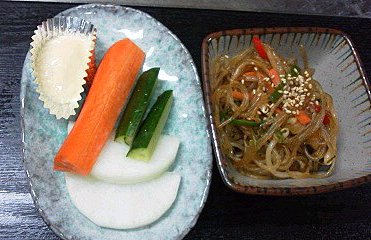
First of all, the first sushi is a raw vegetable with mayonnaise with garlic and chapche.
Chapche is surprisingly thin and can be eaten as much as you like.
And if you come to this store, this is it! It is said, "Shrimp Avocado Monja."
They use vegetable bouillon instead of sauce and don't use cabbage.
The colors of the red shrimp and avocado are beautiful, and the seasoning is bouillon, so the taste of the ingredients is alive.
My husband was originally a French chef, so he came up with these ideas.
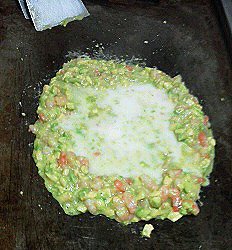
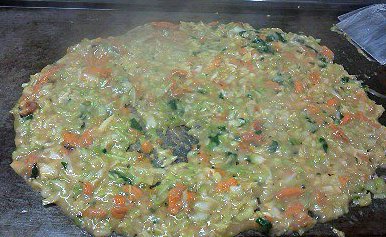
And then, "Curchin's Monja,"
This contains cabbage, but it is still bouillon without using sauce, and sea urchin is melted in.
First of all, after making a bank with cabbage, bouillon is poured, and in the middle there is a sea urchin!
Here too, the green cabbage and the orange color of sea urchin are vivid.
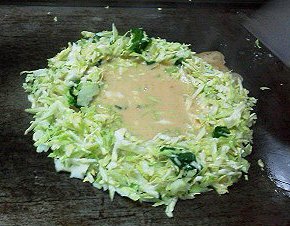
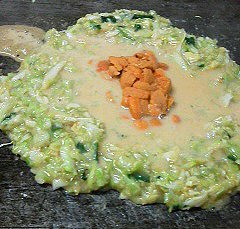
The third thing I ordered was "Mochi Cheese Mentaimonja", which is now a popular menu of Monja.
This is usually served with sauce, but the mochi is crushed finely while baking thin slices, giving the whole feeling of mochi.
The last boke is exceptional.
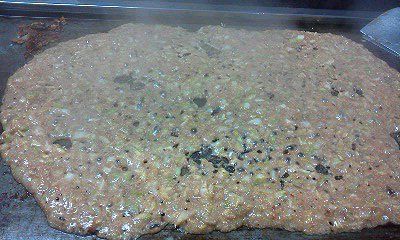
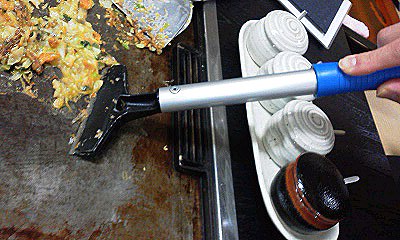
All the baking is done by the shop, but the handsome brother who kindly baked while explaining various things was my husband's son.
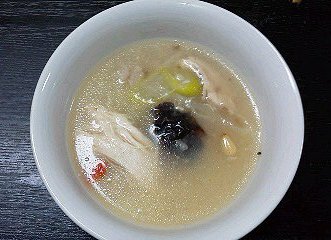 After that, you will have a ginger-flavored “Pork and Leek Monja”, and the last shime is the specialty of this shop, San chickenyu.
After that, you will have a ginger-flavored “Pork and Leek Monja”, and the last shime is the specialty of this shop, San chickenyu.
The master has gone all the way to Korea and trained, and is also a sister shop of the authentic national treasure San chicken bath.
The soup, which is soft enough to be easily divided with chopsticks, blended with spices that are good for the taste and body, seems to be seasoned according to the Japanese and warms up from the core of the body.
At first, the combination of "French", "Monja" and "San chickenyu", which was strange, seemed to be a manifestation of the husband's desire to make use of the ingredients to make a menu that is kind to the body.
When I returned home, I said, "I was a feast," and the smile of my husband, who responded gently from the back of the kitchen, was impressive.
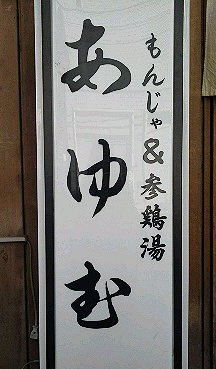
Why don't you come and visit this shop where the impression of Monja changes?
French Monja & Sanpoyu Ayumu
Address 7-10-12, Tsuiji
Telephone (5550) 5566
Regular holidays Sunday and public holidays
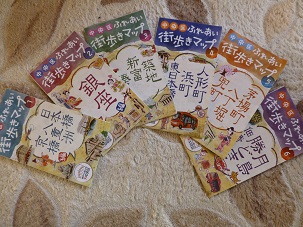
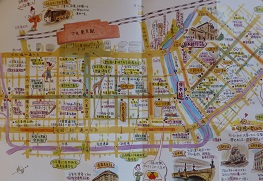
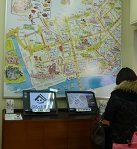
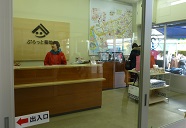
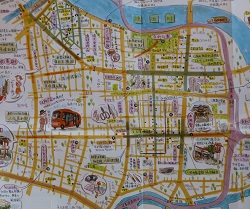
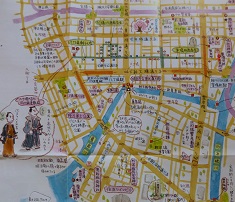
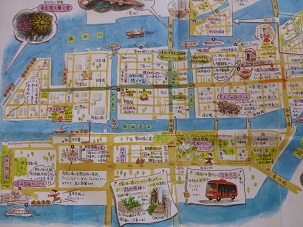
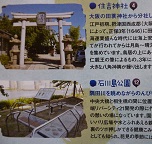
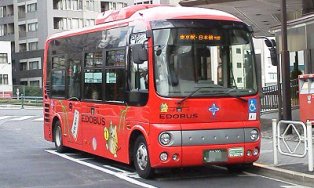 The community bus "Edo Bus" in Chuo-ku is a cute bus with a comical cat.
The community bus "Edo Bus" in Chuo-ku is a cute bus with a comical cat.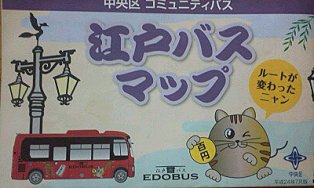
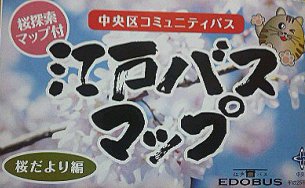
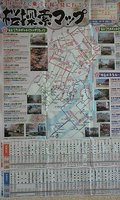
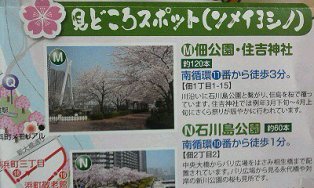 ↑Click it to increase it.
↑Click it to increase it.